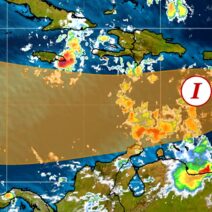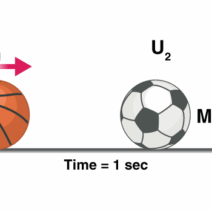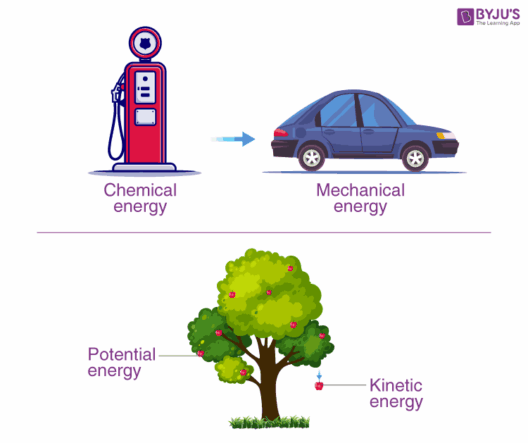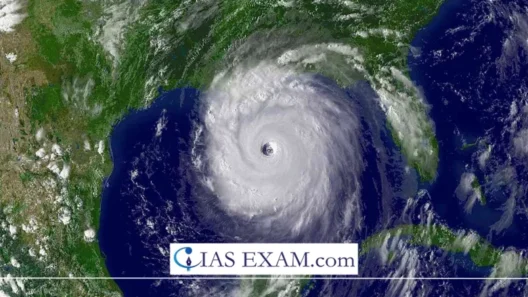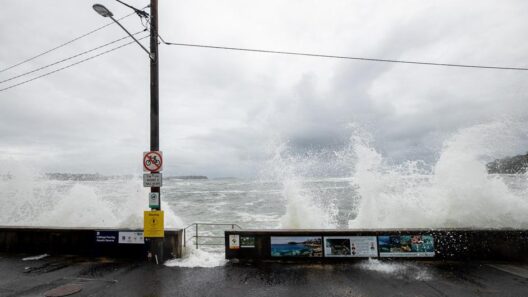The intricacies of the Earth’s climate system are often likened to a delicately balanced orchestra, where each instrument plays a critical role. Among these instruments is ocean circulation, a phenomenon that orchestrates global climate patterns, distributes heat, and sustains marine life. However, global warming poses a poignant threat, potentially halting this vital circulation. This exploration delves into the mechanisms behind ocean circulation, the effects of climate change on this system, and the far-reaching implications for our planet.
The Mechanics of Ocean Circulation
Ocean circulation, primarily driven by thermohaline processes, serves as a colossal conveyor belt for heat and nutrients across the globe. The term ‘thermohaline’ combines ‘thermo’, referring to temperature, and ‘haline’, referring to salinity. These factors influence water density, thus propelling movement within oceans. Warm, salty water tends to be less dense and rises at the equator, while colder, less salty water sinks near pole regions, creating an intricate web of currents known as the global conveyor belt.
The Atlantic Meridional Overturning Circulation (AMOC) is a crucial component of this system. This current transports warm water from the tropics to the North Atlantic, where it cools and sinks, facilitating nutrient distribution. The interplay between temperature and salinity not only governs this movement but also determines weather patterns far beyond the oceans’ edges.
The Role of Global Warming
As the planet warms due to increased greenhouse gas emissions, the implications for ocean circulation escalate. The primary concern is the alteration of temperature and salinity gradients. Melting ice caps contribute freshwater to oceans, especially in the North Atlantic. This influx of freshwater diminishes salinity, altering the density of seawater and jeopardizing the driving forces behind the thermohaline circulation.
Moreover, elevated ocean temperatures lead to thermal expansion, exacerbating sea level rise. This change further disrupts the delicate balance of salinity and temperature, initiating a feedback loop that could reverberate through the entire climate system. The prospect of a stalled circulation is not merely theoretical; scientific models indicate that certain thresholds may trigger irreversible changes in ocean currents.
Consequences of Altered Circulation
The consequences of a disrupted ocean circulation are manifold and profound. First and foremost, the climate of Europe and North America could shift dramatically. For instance, a weakened AMOC may lead to colder winters in Europe, while simultaneously causing hotter temperatures in eastern North America. Such drastic shifts in climate patterns could cultivate environments prone to extreme weather events, transforming weather systems into unpredictable cataclysms.
Marine ecosystems stand to suffer as well. Ocean currents are essential for the distribution of nutrients, which sustain the intricate web of marine life. Fish populations, dependent on specific temperature ranges and nutrient availability, may face dire consequences. Coral reefs, often termed the rainforests of the sea, are particularly vulnerable. The loss of these biodiverse habitats due to rising ocean temperatures and altered currents may lead to irreversible ecological collapse.
Economic Implications and Human Impact
The ramifications extend beyond environmental degradation; they seep into economic infrastructures. Fisheries that rely on stable ocean conditions may face declining yields, affecting global food security and livelihoods. Coastal communities, often the most vulnerable to climate fluctuations, may experience increased flooding and erosion, leading to displacement or forced migration.
Furthermore, as marine systems undergo stress, conflicts over dwindling resources could arise. Nations may find themselves at odds over shared fisheries or marine territory, creating geopolitical tensions predicated on environmental change. The resource wars of the future could very well emerge from the oceans’ changing face, as livelihoods are uprooted by shifting currents.
Addressing the Crisis: Mitigation and Adaptation
Effective mitigation strategies are essential to addressing the threats posed by climate change-induced alterations in ocean circulation. Reducing greenhouse gas emissions is paramount, necessitating a collective effort among nations to transition to renewable energy sources and implement sustainable practices. Moreover, enhancing coastal resilience through ecological restoration and the construction of protective infrastructure can buffer communities from the impending impacts of climate change.
Education and awareness-raising initiatives can also play a pivotal role in shifting public perception. Engaging communities in understanding the interconnectedness between ocean health and human welfare fosters a more robust climate consciousness. Policies that support adaptive management in fisheries and coastal zones promote resilience against the uncertain future shaped by climate change.
The Path Forward
The Thermohaline Tune-Up illustrates the urgent need for comprehension and action. The delicate balance of our climate system hinges upon ocean circulation, which itself is a victim of anthropogenic climate change. While the discourse surrounding climate change often feels overwhelming, understanding the specifics of phenomena like ocean circulation can ignite curiosity and catalyze collective action.
Ultimately, humanity stands at a crossroads. Decisions made today will reverberate through the corridors of time, shaping the fate of future generations. The call to protect ocean currents is more than an environmental plea; it is a clarion call for safeguarding our planet and ensuring a sustainable existence for all. Through concerted effort and innovative solutions, we can strive for a harmonious equilibrium between human activities and the natural world, allowing the Earth’s orchestral masterpiece to continue its symphony for generations to come.
